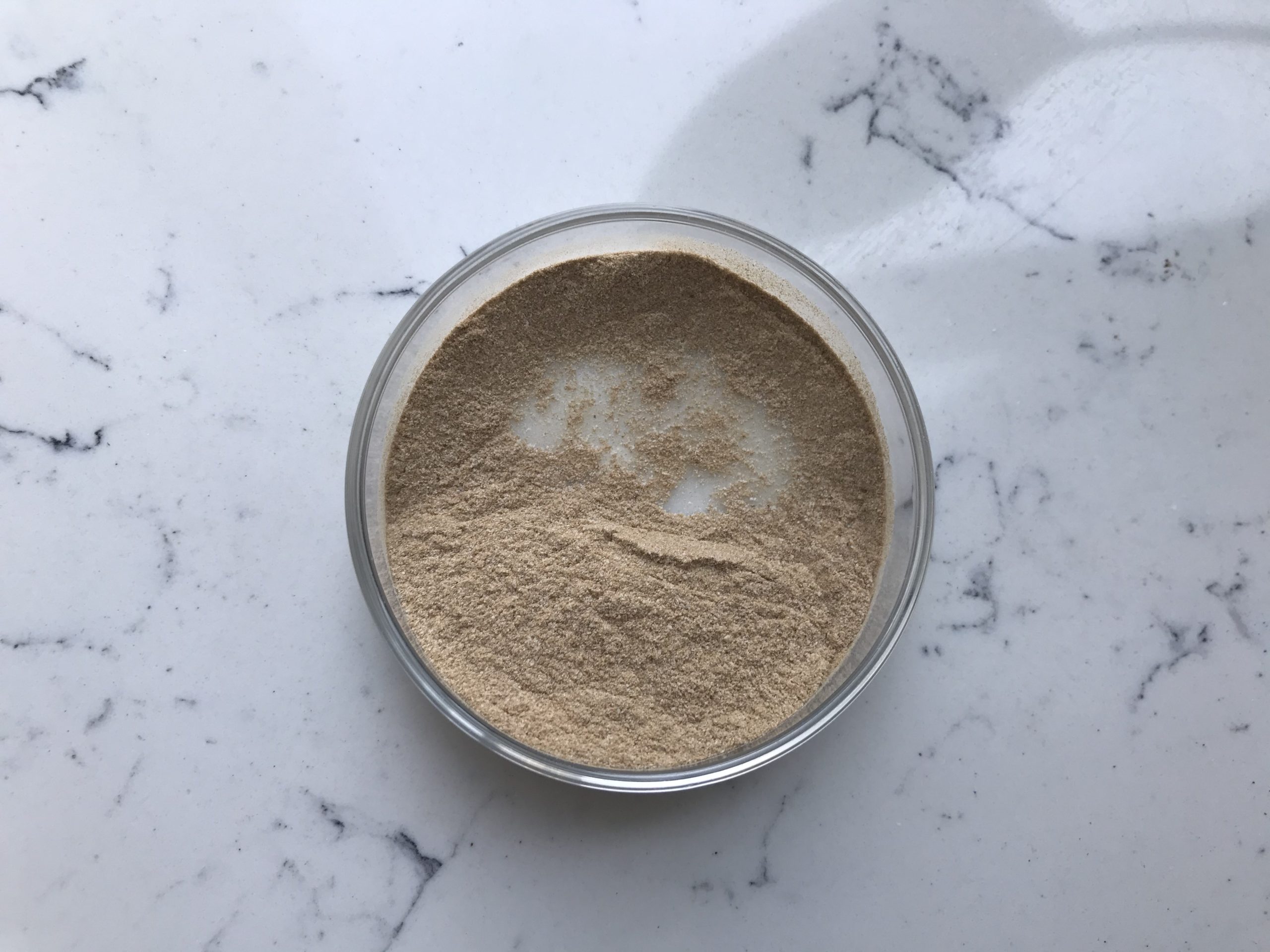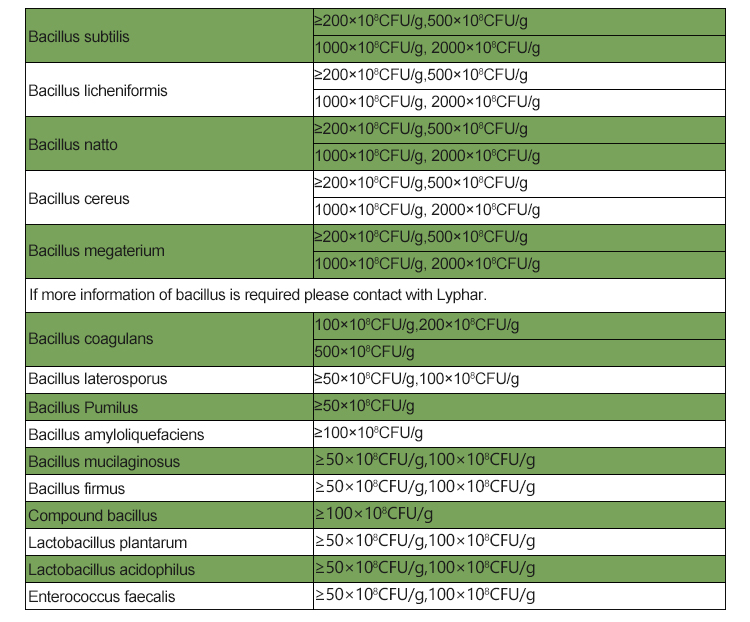Preparing protoplasts from Bacillus megaterium and transforming them involves several steps. Here’s a general overview of the procedure:
Preparation of Protoplasts
1.Culture Growth:
- Start by growing a culture of Bacillus megaterium in nutrient broth until it reaches the log phase (typically 24-48 hours).
2.Harvesting Cells:
- Centrifuge the culture to collect the cells, then resuspend them in a suitable buffer (e.g., phosphate-buffered saline, PBS).

3.Enzymatic Digestion:
- Add a mixture of lysozyme and/or other enzymes (such as lysostaphin or proteases) to the resuspended cells. The concentration and incubation time can vary, but typically, incubate at 30-37°C for 1-2 hours to facilitate cell wall digestion.
4.Protoplast Isolation:
- After enzymatic treatment, gently mix the suspension and centrifuge to remove cell debris. The resulting protoplasts can be resuspended in an osmotically protective medium (e.g., sucrose or mannitol) to maintain their integrity.
Transformation of Protoplasts
1.Preparation of DNA:
- Isolate the plasmid or DNA you wish to introduce into the protoplasts.
2.DNA Uptake:
- Mix the protoplasts with the DNA solution in an appropriate buffer. You may also use polyethylene glycol (PEG) to facilitate DNA uptake. Incubate for a specific period (usually 30-60 minutes) at room temperature.
3.Regeneration:
- Transfer the mixture to a regeneration medium that supports protoplast growth and recovery, typically containing a high osmotic support (such as sucrose).
4.Incubation:
- Incubate under appropriate conditions (temperature, light, etc.) for several hours to a couple of days to allow protoplasts to regenerate and express the introduced DNA.

5.Selection:
- If your plasmid carries a selectable marker (like antibiotic resistance), you can plate the protoplasts on selective media to isolate transformed cells.
Notes
- Sterility: Maintain sterile conditions throughout the procedure to avoid contamination.
- Optimization: You may need to optimize enzyme concentrations, incubation times, and conditions based on your specific strain and goals.
This is a basic protocol, and variations might exist based on specific experimental needs. If you need more details on any step or specific protocols, let me know!
